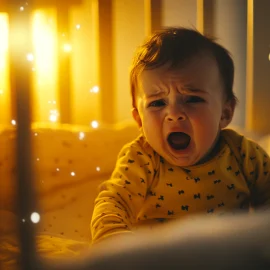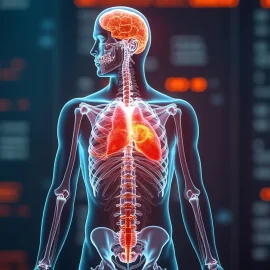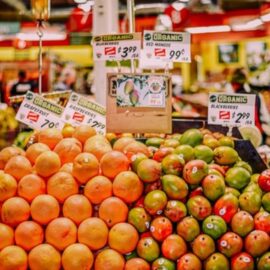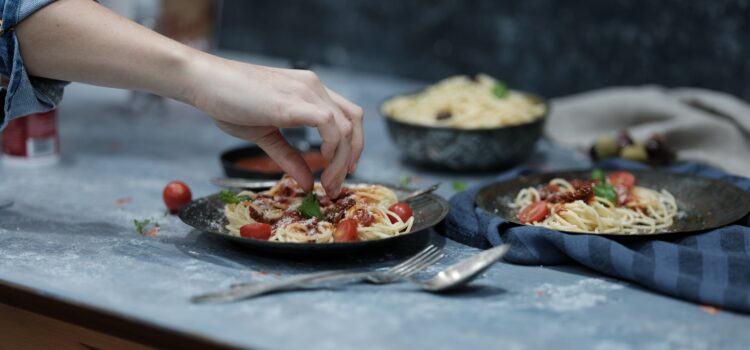
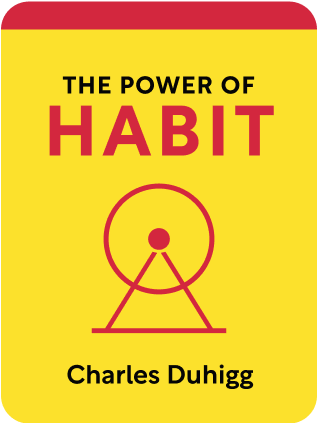
This article is an excerpt from the Shortform book guide to "The Power of Habit" by Charles Duhigg. Shortform has the world's best summaries and analyses of books you should be reading.
Like this article? Sign up for a free trial here .
Do you want to know how to change your eating habits? How can understanding why we form habits help you change how you eat?
Before you learn how to change your eating habits, you need to understand how our brains form habits in the first place. Doing this can help you rewire your habits in a more positive way.
Keep reading to find out how to change your eating habits.
How to Change Your Eating Habits
You now know that the habit consists of a cue, a routine, and a reward. But this is only part of the story.
The final essential component of a habit is craving. A craving is the anticipation of the reward when you get the cue, even before you actually get the reward. This craving pushes you through the routine so that you get the reward at the end of the habit. And if you don’t push through the routine, you don’t get the reward, and the craving is unsatisfied – making you unhappy.
Imagine the habit of ordering fast food from McDonald’s. You get the cue of delicious French fry smell. Before actually going through the routine, you crave the reward – the Big Mac with Diet Coke at the end. This craving pushes you through the completion of the habit’s routine. And if you don’t satisfy this craving by completing the habit, you end up pretty dejected as you instead eat your baby carrots.
This craving makes the cue-routine-reward loop a true habit, rather than just simple learning. But you can learn how to change your eating habits.
Monkey Brains and Cravings
The seminal work in understanding cravings was done in monkeys. The monkey was set in front of a blank computer screen. Periodically, a colored shape would appear on the screen. The monkey’s job was to press a lever when this shape appeared, and it’d get a drop of grape juice (which the monkey loved). This can also help you understand how to change your eating habits.
Habit Loops in Real Life
Let’s make this concrete with a few more real-life examples.
Smoking:
- Cue: see a cigarette carton or smell smoke
- Craving: you want a hit of nicotine
- Routine: get a cigarette and light it
- Reward: get nicotine
Checking your phone:
- Cue: hear your phone buzz
- Craving: who’s contacting me? What’s going on in the world? I HAVE TO FIND OUT
- Routine: stop everything you’re doing and check your phone
- Reward: get pleasure from the momentary distraction from a text, email, Tweet, etc.
Cravings are the centers of real habits, and they’re very powerful at driving you through your habit loop. If you keep ignoring your craving, it can keep building and building until you lose control over your own behavior. Just try to will yourself to hear your phone buzz 20 times before picking it up, or go to your favorite restaurant when you’re on a diet. It’s really hard.
Overpowering Your Cravings
The good news is, by becoming conscious of your habits and cravings, you can overpower them. Recognize which cues and cravings are driving your habit. This is an important part of learning how to change your eating habits. You can avoid the craving by removing the cue. If you silence your phone, you won’t get the cue to pick up your phone, and you won’t get the craving to find out what Becky’s saying to you. Instead, you can focus on reading this summary.
And if you want to start a new habit, set up a clear cue and reward. Then, when you encounter the cue, actively mentally crave the reward that follows.
For example, if you want to start exercising:
- Set up a simple cue (like putting on your running shoes after you get back from work).
- Set up a reward (like a snack at the end of your run, a feeling of pride at extending your run time, the endorphins you get after running, or a picture of yourself in your summer swimsuit).
- When you encounter the cue, actively think about the reward and anticipate it. This will make you more likely to drive through the routine to get the reward.
Finally, if you’re trying to sell a product or drive behavior in other people, think about how to attach a craving to that behavior. For instance, healthy behaviors like putting on sunscreen isn’t nearly as universal a habit as taking a shower. So manufacturers are now trying to attach a sensation to putting on sunscreen, like a cool tingling sensation, to inspire a craving for that feeling.
Keystone Habits
Certain habits can have a domino effect – get one habit right, and many other good habits fall into place naturally. These keystone habits act as massive levers, and can be helpful as you’re learning how to change your eating habits.
A 2009 study on weight loss tried to get obese people to follow a simple habit – write down everything they ate, at least one day a week. While difficult at first, it became a habit for many. Unexpectedly, this small habit rippled throughout their diet. When forced to study what they ate, the study participants couldn’t help noticing when they snacked absentmindedly, or when they had unhealthy dinners. They then proactively started to plan future meals so that when they wanted a snack, they reached for an apple instead of a candy bar.
The keystone habit of keeping a food journal created an environment for more healthy habits to thrive. Eventually, participants who kept a journal lost twice as much weight as the control group.
How do you find a keystone habit? Find an area where you can have small wins. By achieving small wins, you create forces that favor another small win, and that in turn encourages the next small win, and so on, creating a virtuous cycle. These wins create a culture of change, and create new structures that help new habits grow and thrive.
(Shortform note: this chapter contain as much scientific rigor as in the first 3 chapters, so the keystone habit concept feels anecdotal. It can make sense intuitively, though. When you’re stuck in a rut, it’s often easy to resign yourself to thinking you’re incapable of change, that you’re a lazy good-for-nothing. By achieving small wins, you can reverse this resignation – you can convince yourself that you ARE capable of change. This courage can empower you to take bigger and bigger steps.)
How to Change Your Eating Habits by Building Willpower
Willpower can be defined in a number of ways: as self-discipline, determination, self-control. More technically, it has also been defined as the ability to delay short-term gratification to reach long-term goals, the ability to override an unwanted impulse, and regulation of the self.
How to Develop Willpower
The key to developing willpower is to predict the most painful points, and build a specific plan beforehand for how you’ll work through them. For example, if you want to start running, the most painful point is probably when you get off the couch, put on your shoes, and take the first 20 steps. After that, you can get into the zone.
To build a habit, construct a routine ahead of time to push through the pain, and keep practicing it until it becomes a habit. You don’t necessarily need to have a greater bank of willpower – you just need to make self-control automatic so you don’t even think about it, and this conserves willpower for later.

———End of Preview———
Like what you just read? Read the rest of the world's best book summary and analysis of Charles Duhigg's "The Power of Habit" at Shortform .
Here's what you'll find in our full The Power of Habit summary :
- The 3 steps to change your habits
- Why habits are at the root of success in football
- How social movements are just an expansion of habits from individuals to communities

